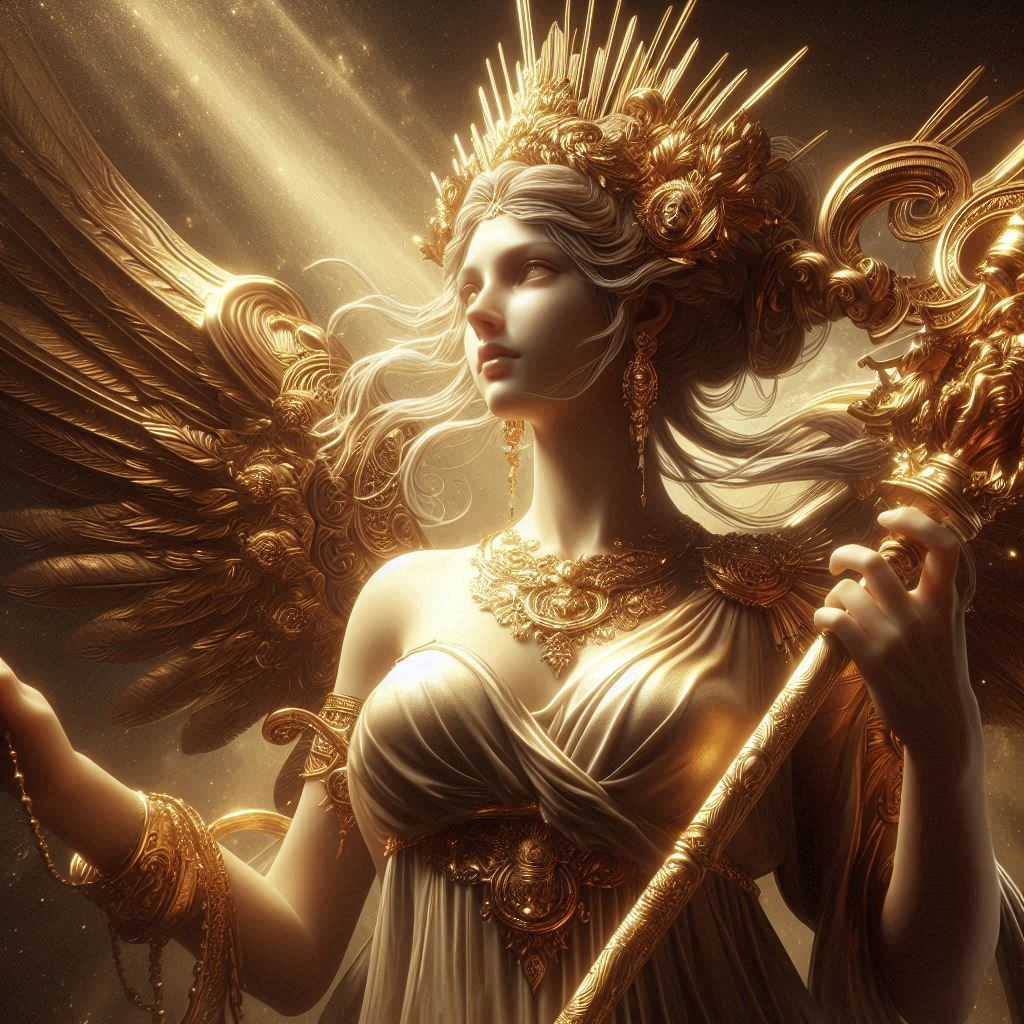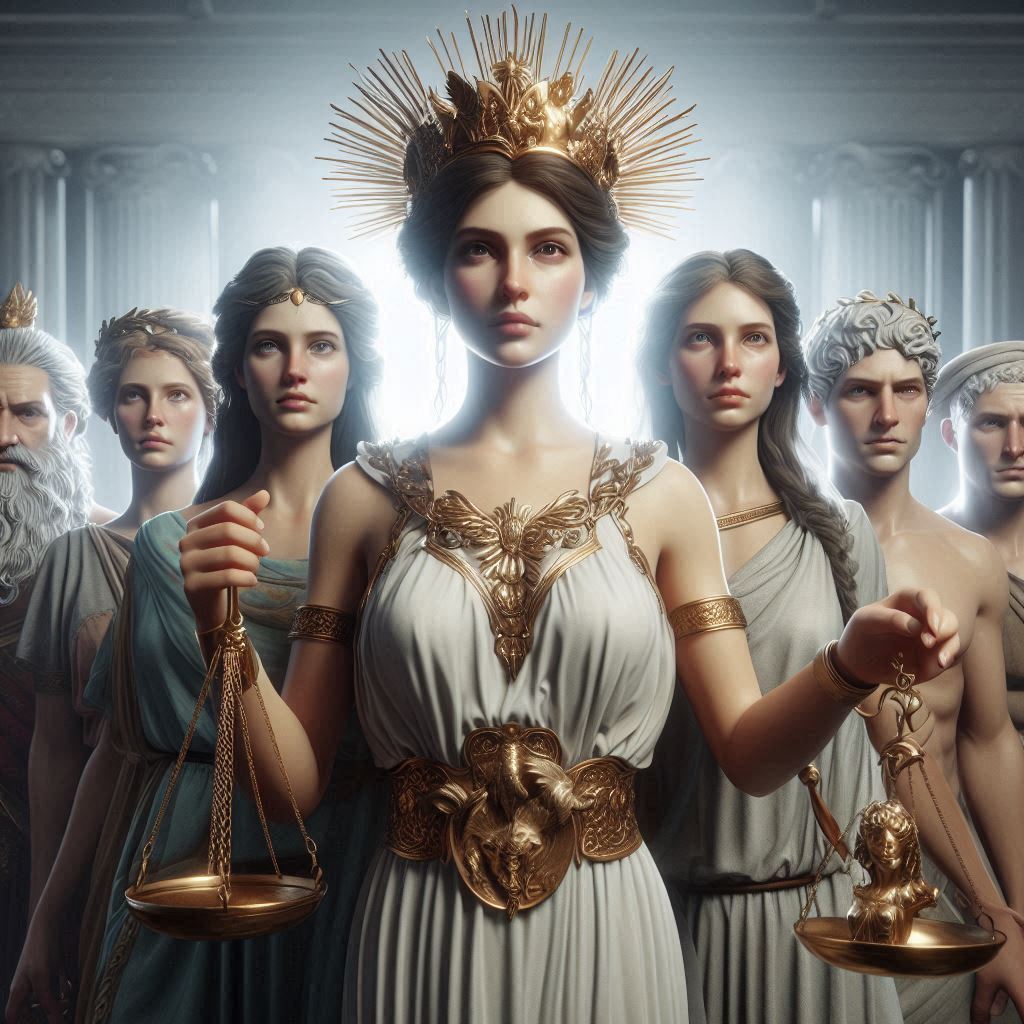Table of Contents
The Literature of Hyperbolisation: Exploring the Art of Exaggeration
Hyperbole, as a literary device, has been a cornerstone of storytelling and expression since the dawn of human communication. It is the art of exaggeration, a deliberate overstatement used to emphasize, entertain, or provoke thought. The literature of hyperbolisation, therefore, is not merely a collection of texts that employ hyperbole but a broader exploration of how exaggeration shapes meaning, emotion, and cultural discourse. This essay delves into the origins, functions, and significance of hyperbole in literature, examining its role in both classical and contemporary works.

Origins and Evolution of Hyperbole in Literature
The use of hyperbole can be traced back to ancient oral traditions, where storytellers relied on exaggerated descriptions to captivate their audiences. In epic poetry, such as Homer’s Iliad and Odyssey, hyperbole was used to elevate the heroism of characters and the grandeur of their exploits. For instance, Achilles is described as “swift-footed” to an almost supernatural degree, emphasizing his unmatched prowess. Similarly, in the Mahabharata, the hyperbolic descriptions of battles and divine interventions serve to heighten the epic’s dramatic impact.
As literature evolved, hyperbole found its way into various genres and forms. In Shakespearean drama, hyperbole is often used to convey intense emotions. In Romeo and Juliet, Romeo declares, “Juliet is the sun,” a hyperbolic statement that underscores his adoration and the transformative power of love. This use of hyperbole not only amplifies the emotional stakes but also reflects the Renaissance fascination with the sublime and the extraordinary.
Functions of Hyperbole in Literature
Hyperbole serves multiple functions in literature, ranging from comedic effect to profound commentary. One of its primary roles is to create emphasis. By exaggerating certain qualities or situations, authors draw attention to specific themes or ideas. For example, in Jonathan Swift’s Gulliver’s Travels, the absurdly large and small societies of Brobdingnag and Lilliput serve as hyperbolic critiques of human nature and societal norms. The exaggeration forces readers to confront the ridiculousness of certain human behaviors and institutions.
Hyperbole also plays a crucial role in humor and satire. In Mark Twain’s The Adventures of Huckleberry Finn, the exaggerated dialects and outlandish situations highlight the absurdities of racism and societal hypocrisy. Similarly, in contemporary literature, authors like David Sedaris use hyperbole to craft humorous narratives that resonate with readers by amplifying everyday experiences to comedic extremes.
Beyond humor, hyperbole can evoke pathos and deepen emotional engagement. In Gabriel García Márquez’s One Hundred Years of Solitude, the hyperbolic elements of magical realism—such as flying carpets and endless rain—create a surreal world that mirrors the emotional and psychological states of the characters. This blending of the fantastical with the real allows readers to experience the characters’ struggles on a more visceral level.
Hyperbole as a Cultural and Social Mirror
The literature of hyperbolisation often reflects the cultural and social contexts in which it is produced. In times of political upheaval or social change, hyperbole can serve as a tool for critique and resistance. For instance, in George Orwell’s 1984, the hyperbolic depiction of a totalitarian regime exaggerates the dangers of authoritarianism, making them more palpable and urgent. Similarly, in Margaret Atwood’s The Handmaid’s Tale, the exaggerated dystopian world underscores the fragility of women’s rights and the potential consequences of complacency.
Hyperbole also plays a significant role in postcolonial literature, where it is used to challenge dominant narratives and reclaim cultural identity. In Salman Rushdie’s Midnight’s Children, the hyperbolic storytelling style mirrors the chaotic and fragmented history of India, blending myth and reality to create a narrative that is both fantastical and deeply rooted in historical truth.
The Limits and Criticisms of Hyperbole
While hyperbole is a powerful literary tool, it is not without its limitations. Critics argue that excessive use of hyperbole can lead to a loss of credibility or emotional resonance. If every situation is exaggerated, readers may become desensitized, rendering the device ineffective. Moreover, hyperbole can sometimes oversimplify complex issues, reducing nuanced discussions to caricatures.
However, when used skillfully, hyperbole transcends these limitations. It becomes a means of exploring the boundaries of language and imagination, challenging readers to see the world through a different lens. In the hands of a masterful writer, hyperbole is not just a tool for exaggeration but a gateway to deeper understanding and connection.
Conclusion
The literature of hyperbolisation is a testament to the enduring power of exaggeration as a literary device. From ancient epics to modern satires, hyperbole has shaped the way stories are told and experienced. It amplifies emotions, critiques societal norms, and reflects cultural identities, making it an indispensable tool for writers across genres and eras. As readers, we are drawn to hyperbole because it mirrors our own tendencies to exaggerate in moments of passion, humor, or despair. In doing so, it reminds us that literature, at its core, is a reflection of the human condition—flawed, exaggerated, and endlessly fascinating.


No responses yet